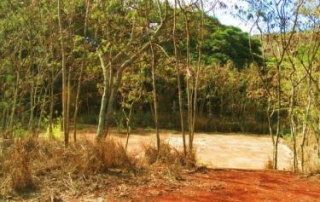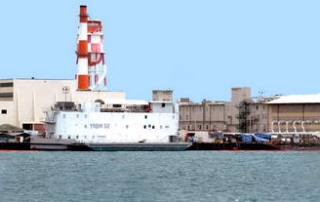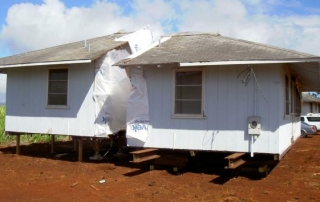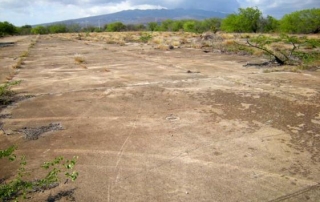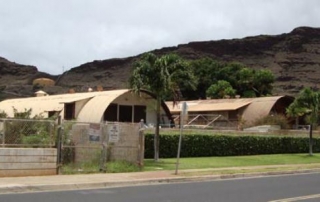HHF Joins Advisory Group for Honouliuli Internment Camp
On December 7, 1941, Hawai‘i was attacked by the Japanese Empire’s naval and air forces. Immediately following those attacks, President Franklin D. Roosevelt issued Executive Order 9066. This order authorized the exclusion of persons of Japanese ancestry from the entire Pacific coast. Citizens with as little as one-sixteenth percent of Japanese blood were placed in internment camps. Without judicial process, nearly 120,000 Americans of Japanese ancestry were detained in War Relocation Authority Camps and Department of Justice Internment Camps; about 2000 of those detained were Hawai‘i residents of Japanese ancestry. On January 2, 1945, the exclusion order was revoked entirely and the internees began to leave the camps to rebuild their lives. This photo: Concrete foundations are all that remain of the Honouliuli internment camp. Top photo: Guard stations were positioned at the top of the valley in order to watch over the internees. There were five internment camps in Hawai‘i, known as the “Hawaiian Island Detention Camps.” One of those camps was the Honouliuli Internment Camp located in ‘Ewa on O‘ahu. Little was known about the Hawai‘i internees and their experience. Surprised by the lack of information, the Resource Center at the Japanese Cultural Center of Hawai‘i (JCCH) set out to collect documentation, first-hand accounts and artifacts from the internees. Honouliuli Internment Camp Advisory Group was developed to complement the JCCH’s goal of designating the Honouliuli internment-prisoner of war camp site and associated sites within Hawai‘i as part of the United States National Park Service (NPS). The committee is comprised of members from JCCH, State Historic Preservation Division, University of Hawai‘i West Oahu, Japanese American Citizens League Honolulu Chapter, Historic Hawai‘i Foundation; Monsanto, and members appointed by the Speaker of the House and [...]


